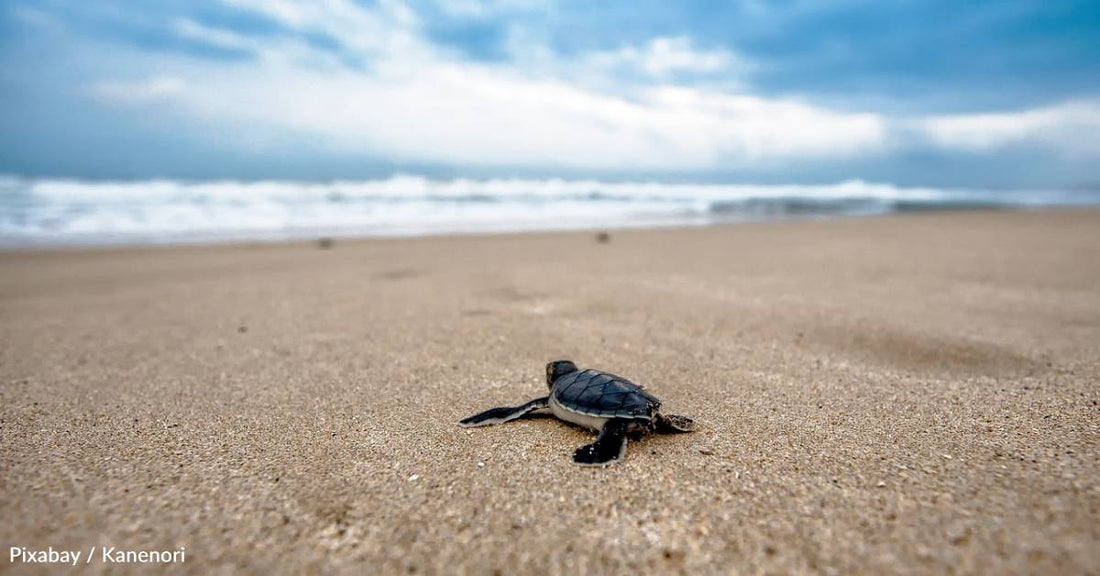Sea Turtle Nesting Season and Hurricane Season Overlap: How This Can Impact Hatchling Success
Michelle Milliken
Pixabay / Kanenori
The impacts of Hurricane Helene continue to be felt across a huge section of the Southeast, stretching from the Gulf Coast in Florida to the Appalachian Mountains in Virginia. More than 130 deaths have been reported so far, while widespread flooding has caused billions of dollars in damages and displaced countless people and pets. With storm surge of more than 15 feet reported along the Florida coast, Helene will have also impacted sea turtle nests.
In Florida, sea turtle nesting season runs from March through October, while the Atlantic hurricane season spans June through November. Turtles have had plenty of time to adapt to this challenge, by laying eggs at different spots throughout the season. The goal is to ensure that even if there is a substantial hurricane, at least some offspring may survive. This generally means that no hurricane season is a total loss, according to the Florida Fish and Wildlife Conservation Commission.

The nests that are impacted, though, can be harmed in several ways due to hurricanes. Storm surge, like that seen in Hurricane Helene’s impact, can inundate the nests and drown the incubating turtles. The storm impacts can also dislodge eggs, leaving them open to predators or to drying out, or sweep them out to sea.
It's not just eggs that are in danger, though. Hatchlings can also be threatened by hurricane conditions. When they first make their way out to sea, these young turtles tend to spend their early life in sargassum seaweed habitat, which can be destroyed by the force of hurricanes. This can wash them back to shore, often leading to the need for rehabilitation.

Brevard Zoo in Brevard County, Florida, which takes in turtles at such times, says, “Major weather events like hurricanes can waylay baby sea turtles who are in offshore sargassum rafts or are headed to these offshore patches of seaweed that provide them with shelter and food.”
In a blog, the zoo noted that it had already taken in about 15 hatchlings before Helene slammed headlong into the coast. They were expecting more as conditions worsened. It’s just a pit stop typically, though. The turtles will get any needed medical care and food, and, if they’re healthy, they’ll float around a special tank, with some enrichment opportunities, until conditions are clear enough to be released back into the weed lines.
While the damage to nesting sites is not known at this point, southwest Florida reportedly saw its lowest hatchling count in nearly a decade last year due to a combination of factors. One of them, though, was storm surge from Hurricane Idalia.
Zoos aren’t the only ones looking after animals in the aftermath of Helene. Animal shelters are also inundated, while displaced people and pets across the Southeast are in need of help as they recover from their own ordeal. Greater Good Charities’ team members are on the ground in the impacted area distributing aid. Click below to join us!
Michelle has a journalism degree and has spent more than seven years working in broadcast news. She's also been known to write some silly stuff for humor websites. When she's not writing, she's probably getting lost in nature, with a fully-stocked backpack, of course.




















